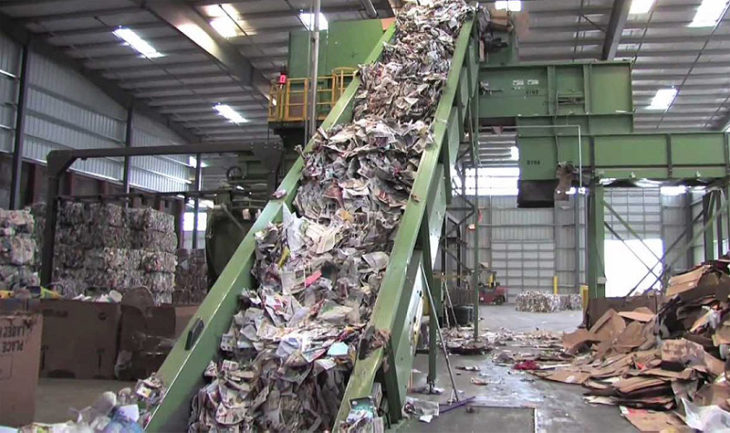
Both New York City and New York State are gorgeous places to visit or to live in, but with the highest population concentration in the USA, related pollution is obviously a big risk in this area. This is why it is crucial that the government does a great job at reducing it via waste management, recycling and other measures.
Chemical and pollution control is at the core of the New York State Department of Environmental Conservation’s (DEC) mission, to protect New York’s natural resources and our environment. Through the promotion of environmentally sound use of products, including chemicals and pesticides the environmental can be better protected.
DEC is the state agency that carries out both the state and federal air pollution control and monitoring programs. Their website includes detailed information about how New York State controls air pollution, offering data gathered by the air program and information about the sources and effects of air pollution.
The New York State Department of Environmental Conservation recently signed a finalized regulation that will fully eliminate coal in New York by 2020. This regulation, years in the making and overwhelmingly supported by the public, is the first of its kind in the nation.
As far as global warming is concerned, the New York City area and lower portions of the Hudson Valley have much more sultry and tropical summers with frequent bouts of hot temperatures and high dew points. The remainder of New York State enjoys modestly warm summers. Summer temperatures usually range from the upper 70s to mid 80s °F (25 to 30 °C), over much of the state.
Despite significant improvements over the last decade, air pollution in New York City is still a significant environmental threat. Improving the city’s air quality is a difficult task because there are many types of air pollutants that can come from millions of sources, inside and outside city boundaries.
For cars and light trucks, the New York State vehicle safety inspection program helps make sure every vehicle registered in this state meets the minimum standards for safe operation on public streets and highways. In addition, most vehicles are subject to an emissions inspection to help reduce air pollution.
Like most areas of the United States, the source waters of the New York City supply are affected, to varying degrees, by a range of pollutants. This means water quality constituents are of primary concern in the New York City drinking water, with elements such as supply—microbial pathogens, nitrogen or phosphorus.
Quantifying microplastic pollution in the Mohawk River, Eastern New York State is another way to look at the pollution problem, where microplastic particles are reaching the Mohawk River in upstate New York. Microplastics are commonly see in oceans, but now there are more and more often observed upstream in rivers.
For at least the past 50 years, road salt on highways has been polluting waters of Upstate New York, leading to high concentrations of chloride in rivers that can affect the local nature.
Hoosick Falls is a village of approximately 3,500 people in central upstate New York. The surrounding area was once home to a number of manufacturing plants, a few of which still remain. Some of those facilities utilized PFOA in their manufacturing processes and this kept on adding to the pollution problem.
Up North in the State of New York there is the beautiful city of Buffalo. The residents there are extremely lucky that this town stands next to Lake Erie. This huge mass of fresh water guarantees that nature is preserved there to a large extent. The local residents are very environmentally conscious and they will regularly use one of the Buffalo roll-off rentals companies to remove any junk or waste materials from their premisses. So that all houses and small businesses are kept clean and tidy.
Nestled in the Adirondack Mountains of upstate New York, Mirror Lake is in the center of the Village of Lake Placid, home of the 1932 and 1980 winter Olympics. The total area of the village is just one and a half square miles, of which almost 10% is water, making Mirror Lake a year-round tourist destination and a recreation lovers’ Mecca for nature lovers. But this will last as long as pollution is kept at bay.
Pollution in upstate New York, and the ongoing struggle to balance human health, ecological well-being, business needs and public expectations, serves as a classic case study of the social, economic and political challenges of dealing with toxic materials in our shared environment.